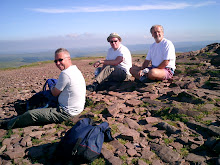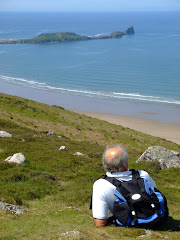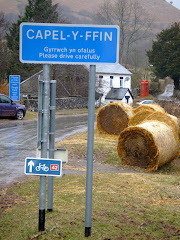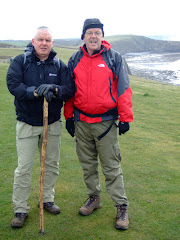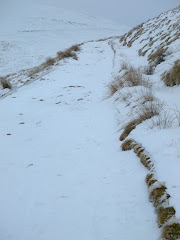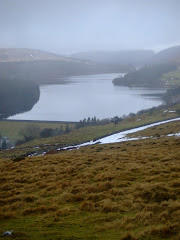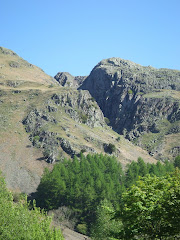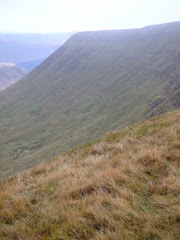
It's very often surprising what precisely still exists in your local environment. After seeing an episode of 'Fishlock's Adventures in Wales' a few years ago in which this particular location was highlighted, Lord Twynyrodyn decided to introduce Wandering to a hidden relic of the industrial revolution.

After a pleasant walk on bridle paths and through deciduous woodland, the duo entered what we believe to be a former drift mine. A furnace at the base of a large chimney stack and dressed stonework walls approximately 20 feet high retain part of the fault line along a former river-bed.


This was possibly once part of the Cyfarthfa Works, if so the pit was sunk under the management of Robert Thompson Crawshay in 1845. This shallow mine would have worked the steam coal seams, which ran close to the surface in this area on the northern edge of the South Wales coalfield. A total of 1,030 men would have worked at this pit in 1908.


It would have closed down in December 1910, but would have been retained as a watercourse until abandoned in 1924.

After leaving Cwm Pit another pathway led us to a small rusty bridge, which is possibly the Upper Glyncanaid bridge. This crosses the disused Merthyr to Aberdare railway cutting. Approximately a few hundred yards along the cutting is the entrance to the Abernant tunnel. As we scrambled our way down into the cutting the temperature suddenly dropped considerably - as if someone had opened the door of a refrigerator. It was positively eerie.

Built in 1853, and bricked up in 1967, the tunnel is 2,497 yards long and must have witnessed a significant amount of traffic in it's hay-day linking one of the most prolific coal mining regions in the Principality with the steelworks and docks.
It’s really sad to see such civil engineering works, which provide our rich industrial heritage, now abandoned and totally forgotten.
If anyone reading this knows any background to this area please post a comment.

































